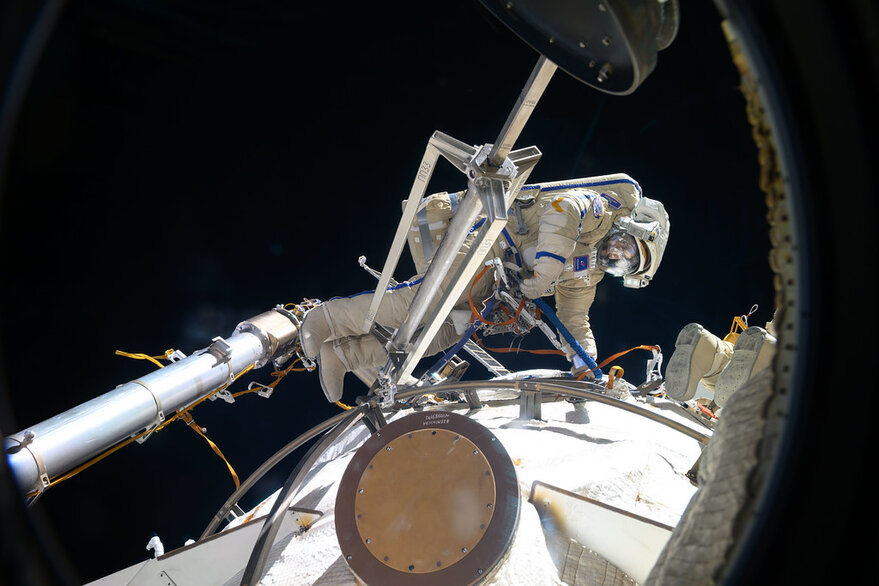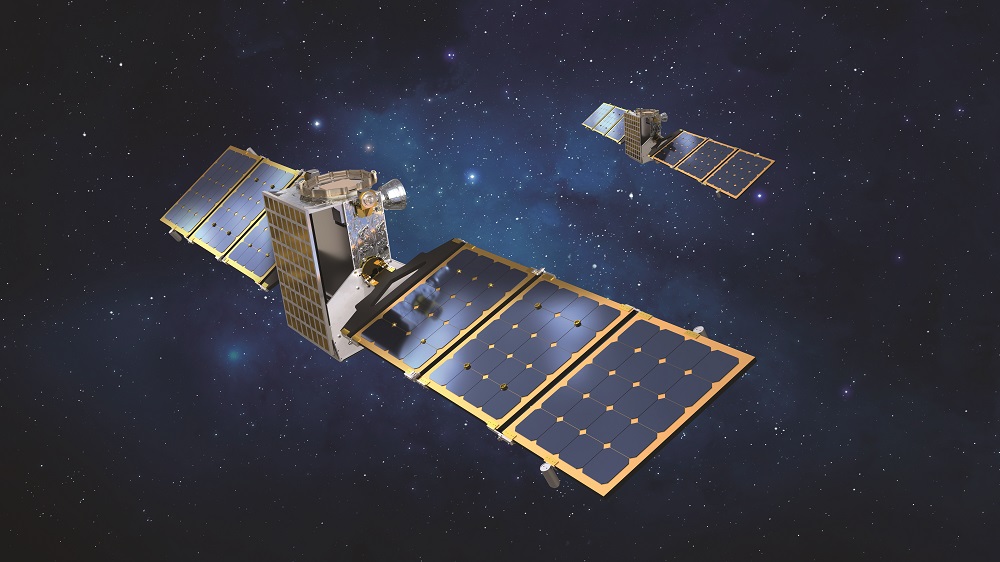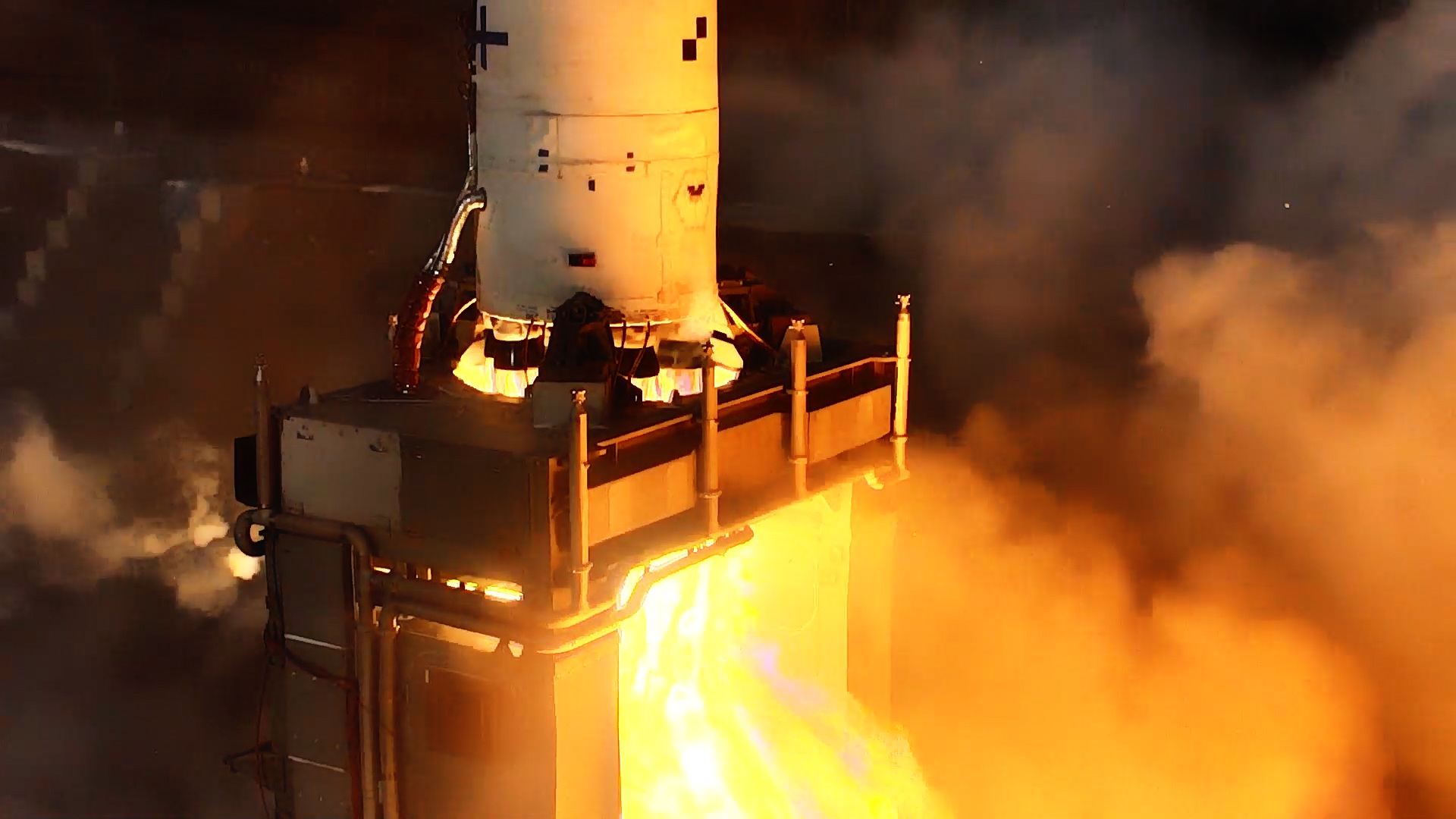MILAN – Spacewalks, often a highlight of space missions, are likely to change in the future as given advancements in robotics and teleoperations.
Every time an astronaut steps out of a space vehicle, “that is an incredible, high-level-risk activity,” Golda Nguyen, Massachusetts Institute of Technology Aeronautics and Astronautics PhD student and National Defense Science and Engineering Graduate fellow, said Oct. 16 at the International Astronautical Congress here. “We need to critically think about the risk to human life and the value return for assigning humans to do activities.”
Nguyen, whose research focuses on intelligent systems that support human activity in space and on Earth, made the comment during an IAC panel called “Intelligent Space: Big Data, Advanced Algorithms and Autonomous Robotics in Space.”
Panelists discussed the potential benefits of AI for space operations as well as challenges like the need for powerful space-based computers and extensive training datasets.
“My vision for the future includes spacecraft that fly around and dock with each other, autonomously refueling, repairing or removing space debris, delivering and receiving cargo,” said Kirk Hovell, co-founder and chief technology officer of Obruta, a Canadian startup focused on spaceflight autonomy. “I predict hundreds of spacecraft dockings per day. The way we get there is through autonomy and AI. Making spacecraft fly themselves is a transformational technology, and the foundation upon which the in-orbit economy will be built.”
During exploration missions, robots could provide the necessary infrastructure.
For example, “modular, reconfigurable robots” working alone or with astronauts could construct habitats, move cargo, build rocket launchers and landing pads,” said Shreya Santra, Tokyo University assistant professor of aerospace engineering. “Smart autonomous systems have the capability to improve the efficiency and speed while minimizing the risk and cost involved with planetary missions. However, there are a lot of challenges in designing these intelligent systems, including designing robust controllers for power-efficient, stable AI algorithms.”
Since transporting cargo from Earth to space remains expensive, Santra talked about the importance of reconfigurable modules that “can adapt to the environment and adapt to the tasks that they have to do.”
Bottlenecks
One of the hurdles researchers often cite in applying AI to spaceflight programs is risk aversion.
The space community “likes things to work and likes flight heritage,” said Jack Naylor, a PhD candidate with the Australian Centre for Field Robotics at the University of Sydney. Innovation, though, requires “experimentation, developing new systems, testing them rigorously and then being able to deploy them in much wider scale,” Naylor said. For example, spacecraft will need powerful computers, sensors suited to the environment and the capability “to leverage all that data that we can collect,” he added.
Massive datasets are required to train machine-learning models.
“If we want autonomous robots and advanced algorithms, we need big data,” Hovell said.
While there is not much training data for autonomous spacecraft docking, “the amount of data collected during each mission is enormous.”
With each new docking missions, sensors, cameras and GPS-equipped devices capture “tremendous amounts of data, which can all be fed into advanced systems for training,” Hovell said. “And the more of these autonomous operations we do, the larger our bucket of data grows and the better that our autonomous robots can become.”
Data Sharing
Free Earth-observation datasets from the European Space Agency, NASA and the U.S. Geological Survey have helped organizations around the world develop object-detection platforms. Many other types of space-related data owned by companies or government agencies are not shared widely.
“The contribution of the law, I believe, lies in enabling and sharing of information, sharing of data, cooperation,” said Dmitra Stefoudi, assistant professor of space law at Leiden University in the Netherlands. “We need a little bit more work to remove some of those restrictions while preserving, of course, commercial interests.”



